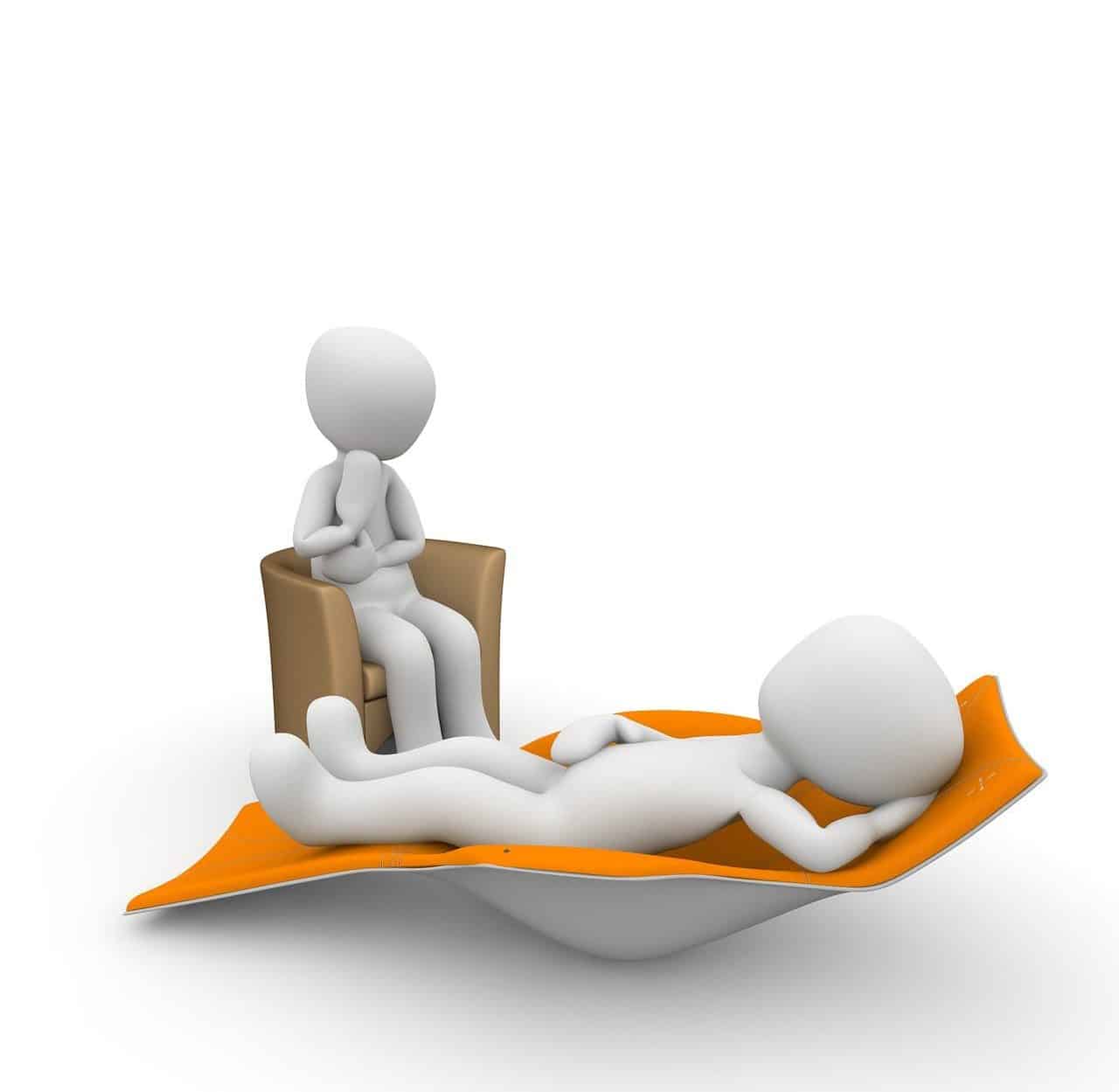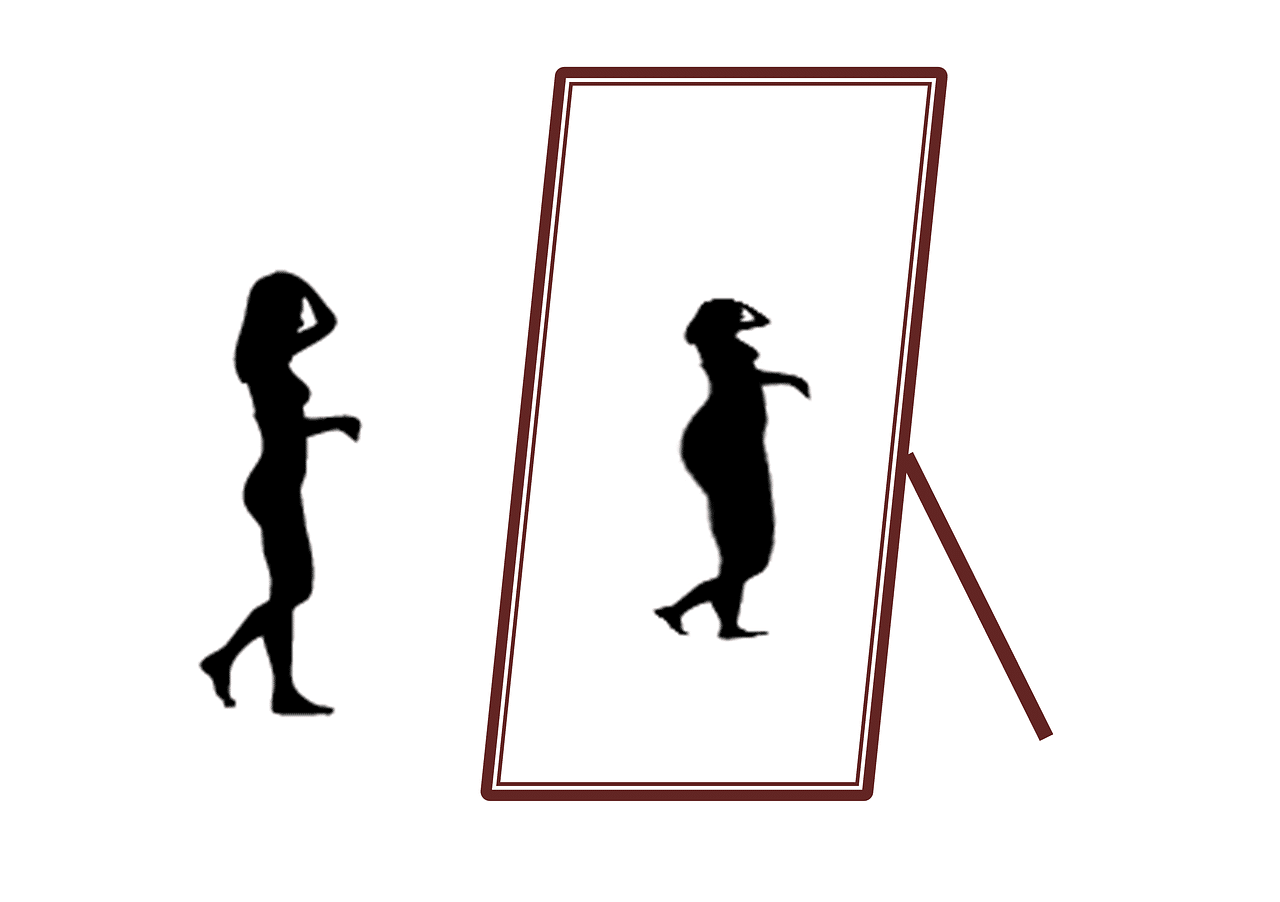
Cognitive theory and behavioral theory came together in cognitive-behavioral therapy.
Cognitive-behavioral therapy is a psychotherapy that aims to make the patient aware of their negative thoughts in order to replace them with positive and more realistic ones . In this framework, the therapist seeks to promote a change in behavior that helps resolve the problems.
It is important to be clear that psychotherapy is a type of mental health treatment that is based on conversations that the patient has with a psychologist, psychiatrist or other specialist trained in emotional disorders. Cognitive , meanwhile, is an adjective that refers to knowledge (understanding or knowing), while behavioral refers to behavior (the way an individual behaves).
Origin of cognitive-behavioral therapy
The origin of cognitive-behavioral therapy is usually located in the 1960s . However, there are much more distant antecedents that reveal practices and techniques associated with this type of therapy .
It is known that Pliny the Elder , at the time of the Roman Empire , placed spiders in the glasses of alcoholics to produce aversive conditioning and thus cure addiction. Stoic philosophers, for their part, maintained in Ancient Greece that logic could be used to let go of false beliefs that led to harmful emotions.
Before the development of cognitive-behavioral therapy, progress was first made in each field separately: that is, cognitive psychology and behavioral psychology had autonomous progress that preceded the emergence of cognitive-behavioral therapy.
The studies carried out at the end of the 19th century by Ivan Pavlov on classical conditioning and those carried out by Edward Thorndike at the beginning of the 20th century on instrumental conditioning were important antecedents for the idea of behavioral therapy to appear for the first time in 1953 . .
Also key were the postulation of rational emotive behavioral therapy by Albert Ellis in the mid- 1950s , as well as the cognitive therapy devised by Aaron T. Beck in the early '60s . Only in 1980 did the fusion of cognitive therapy and behavioral therapy begin thanks to the work of specialists such as David H. Barlow in the United States and David A. Clark in England .

Cognitive behavioral therapy is often used in sports psychology.
Main features
Cognitive-behavioral therapy is based on the analysis of an individual's behaviors to indicate which ones can be modified for better adaptation . If the person transforms their link with those thoughts that are considered maladaptive, a change in behavior and emotions can also be achieved.
The therapist , in this framework, must contribute to the detection of the so-called cognitive distortions , generally consisting of the minimization of the positive and the maximization of the negative. Replacing these distortions with thoughts closer to reality helps reduce anxiety and put aside behaviors that lead to one's own destruction.
In the context of cognitive-behavioral therapy, the aim is to replace maladaptive behaviors, emotions and knowledge with others that do have a better adaptation. In this process, the patient must change his reactions to certain behaviors and his thoughts.
In this way, a cognitive-behavioral treatment plan attempts to achieve cognitive restructuring that allows behavior modification. This requires skill development and positive reinforcement, for example.

Eating disorders can be treated with cognitive behavioral therapy.
Phases of cognitive-behavioral therapy
It is common to recognize six phases or stages in cognitive-behavioral therapy:
- Psychological evaluation.
- Reconceptualization .
- Acquisition of new skills.
- Learning to apply new skills.
- Generalization and maintenance.
- Control and monitoring of treatment.
Throughout these phases, the therapist and patient identify critical behaviors that need to be modified, evaluating their intensity, duration, and frequency. Then work is done on the cognitive level to encourage the adoption of a different behavior. Once cognitive-behavioral therapy is completed, the psychologist has to evaluate whether his intervention provided the expected results or not.
Disorders that can be treated
Clinical studies have revealed the effectiveness of cognitive-behavioral therapy in the treatment of multiple conditions. Phobias , panic attacks , eating disorders , depression , post-traumatic stress , addictions , and anxiety disorders are among the conditions typically addressed with this psychotherapy.
It should be noted that cognitive-behavioral therapy is even considered useful for subjects who, without suffering from a mental or emotional illness, wish to develop resources to achieve better control of stressful situations . Relaxation techniques and social skills training can be part of these sessions.
On the other hand, sometimes the expert may suggest complementing the cognitive-behavioral therapy sessions with medications (such as anxiolytics or antidepressants). In this case, the drugs must be prescribed by a psychiatrist.
Negative effects of cognitive behavioral therapy
Although cognitive-behavioral therapy techniques do not carry major risks, there are certain inconveniences or uncomfortable situations that may arise during or after the sessions.
The patient, exploring his thoughts and emotions, may become distressed and even angry in the session. Such discomfort is likely to continue for some time.
On the other hand, the cognitive-behavioral therapist can lead his patient to confront what he is trying to avoid, generating stress and anxiety . This may occur in cognitive therapy for phobias .
